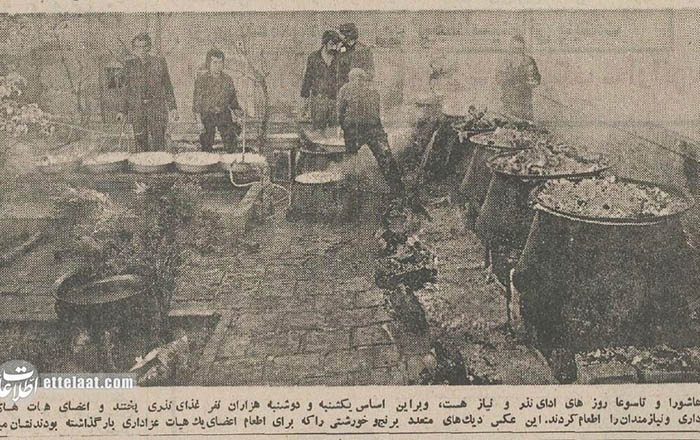Sinehzan (Chest Beating)
Sinehzan is a hallmark of Ashura mourning where participants beat their chests rhythmically while chanting dirges. Initially practiced individually, it evolved into collective rituals. The mourners, known as sinehzans, often perform in coordinated processions, sometimes accompanied by symbolic representations of Karbala’s martyrs.
Ta’ziya (Passion Plays)
Originating during the Safavid period, Ta’ziya are dramatic reenactments of the Battle of Karbala. These theatrical performances, blending narrative and emotion, became a popular medium to educate and move audiences emotionally. Each character symbolizes key virtues or vices, making the plays both a devotional and didactic tool.
Processions and Rituals
During the Qajar dynasty, especially under Nasser al-Din Shah, Ashura processions became state-sponsored and elaborately organized events. Daytime processions featured music, flags, and costumed participants. Night-time processions used lanterns and incense burners. Women also participated in mourning rituals, often in separate assemblies.
These rituals, while rooted in deep religious sentiment, also became expressions of cultural identity and political resistance. In many societies, participation in Ashura events asserts communal solidarity and spiritual resilience.

